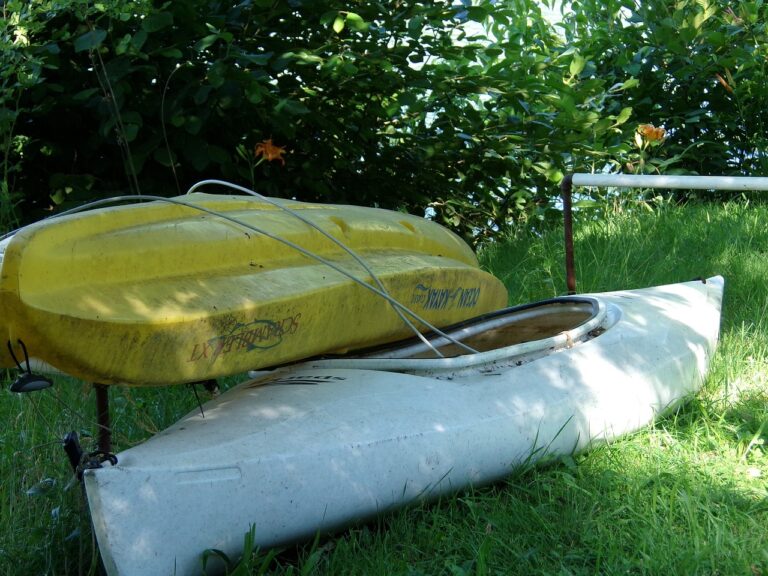Ethical Jewelry: Making Conscious Choices for Sustainable Lifestyles
When choosing ethical jewelry, one key factor to consider is the sourcing of materials. Look for brands that use recycled metals or ethically sourced gemstones to ensure that the environment and local communities are not negatively impacted by the extraction process. Additionally, consider the transparency of the supply chain – reputable brands will provide information about where their materials come from and how they are produced.
Another important factor to consider is the working conditions of the artisans who create the jewelry. Ethical jewelry brands will prioritize the well-being and fair treatment of their workers, ensuring that they are paid a living wage and work in safe conditions. Look for certifications such as Fairtrade or B Corp to verify that the brand upholds ethical labor practices throughout their production process.
The Impact of Traditional Mining Practices on the Environment
Traditional mining practices have long been associated with significant negative environmental impacts. Activities like open-pit mining and the use of toxic chemicals can lead to soil erosion, water contamination, and deforestation. The release of harmful substances into the air and water can have detrimental effects on local ecosystems, wildlife, and even human health.
Moreover, the extraction of natural resources for jewelry production often involves clearing vast areas of land and disrupting delicate ecological balances. Deforestation caused by mining can lead to loss of habitat for numerous species, pushing them towards extinction. Additionally, the creation of mining waste can result in long-lasting pollution that continues to harm the environment even after mining activities have ceased.
How to Identify Ethical Jewelry Brands and Artisans
When looking to identify ethical jewelry brands and artisans, one of the first steps is to research the company or individual behind the jewelry. Look for information on their sourcing practices, production methods, and any certifications or memberships that indicate a commitment to ethical standards. Transparency in these areas can be a good indicator of a brand’s ethical practices and values.
Another way to identify ethical jewelry brands and artisans is to look for evidence of sustainability in their materials and processes. Consider the use of recycled metals, ethically sourced gemstones, and environmentally friendly manufacturing techniques. Brands that prioritize sustainability and strive to minimize their impact on the environment are more likely to align with ethical principles.
How can I tell if a jewelry brand or artisan is ethical?
Look for certifications such as Fairtrade or Responsible Jewelry Council membership, as well as transparent sourcing and production practices.
What are some key factors to consider when choosing ethical jewelry?
Consider factors such as the materials used, the labor practices of the artisans, the environmental impact of the production process, and the overall transparency of the brand.
How do traditional mining practices impact the environment?
Traditional mining practices can lead to deforestation, water pollution, soil erosion, and habitat destruction, among other environmental issues.
Are there any specific certifications I should look for when choosing ethical jewelry?
Look for certifications such as Fairtrade, Responsible Jewelry Council membership, or certifications from organizations that focus on sustainability and ethical sourcing.
How can I support ethical jewelry brands and artisans?
Support ethical jewelry brands and artisans by choosing to purchase from them, spreading awareness about ethical practices, and advocating for more sustainable and ethical practices in the jewelry industry.







